When teaching undergraduate students’ introductory economics, I speak about different market structures at an early point. The classification of these, from perfect competition at one extreme to monopoly at the other, is aided by using examples. Sport can help here. There are many examples of sports operating as “monopolies”. For example, The International Olympic Committee has a monopoly right on the sale of the Summer and Winter Olympic Games. They use this power to maximise their position with would-be-host cities.
The Major League Baseball has an effective monopoly of professional baseball in the United States. It administers the 15 teams in the National League (NL) and 15 in the American League (AL). MLB also oversees Minor League Baseball, which comprises 256 teams affiliated with the major league clubs. The owners of these franchises often operate as a monopsony - a market situation in which there is only one buyer – and use their power to maximise their welfare.
The next step from monopoly is a duopoly - a situation in which two suppliers dominate the market for a commodity or service. Golf can provide a nice illustration of this. While not a perfect representation of an industry with just 2 suppliers, the PGA Tour based in the United States and PGA European Tour are an effective duopoly. There are other professional tours (the Japan Golf Tour or the Southern Africa–based Sunshine Tour) but few can compete in money terms with the US or Europe. For example, the top golfer in Japan would rank about 40th in European Tour money standing. The leading US player earns about 3 times are much as those in Europe.
The power of the PGA Tour and European Tour has worked well for decades. However, change may be afoot with recent talk of the Premier Golf League. This would involve the worlds best players in the US and Europe, creating their own tour of about 48 players, and playing weekly competitions over 54 rather than 72 holes. Leading players have suggested that they do not play each other outside of the 4 Majors and the Player’s Championship (5 events in total) and that there is demand for more frequent battles between the world’s best.
Both current tours could not be impressed. This is not dissimilar to a decision by 22 English Football Clubs in the early 1990s who decided to break away from an administrator founded in 1888. The English Premier League was born, and the rest is history.
It may be that case that the duopoly of golf is coming to an end. If the Premier Golf League is successful the supply of professional golf will not be the same again.
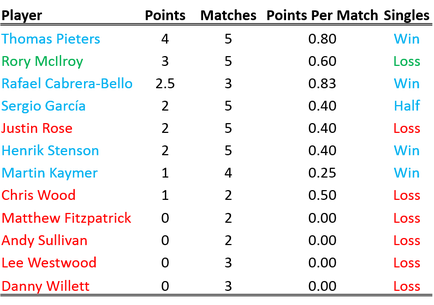
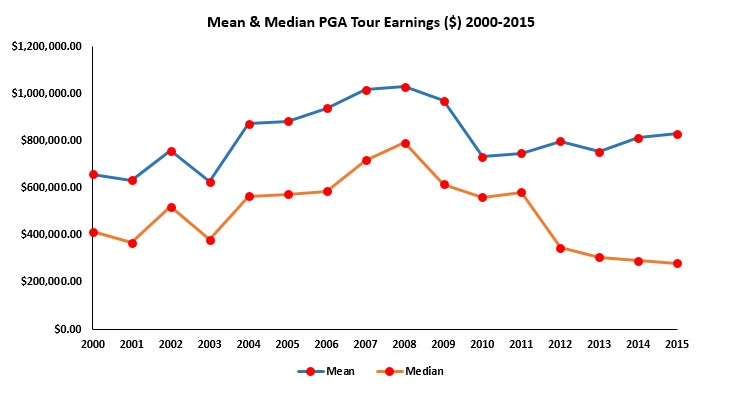
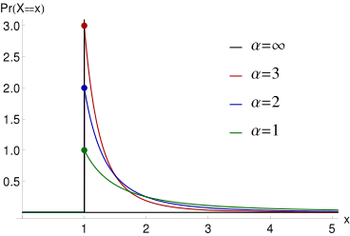
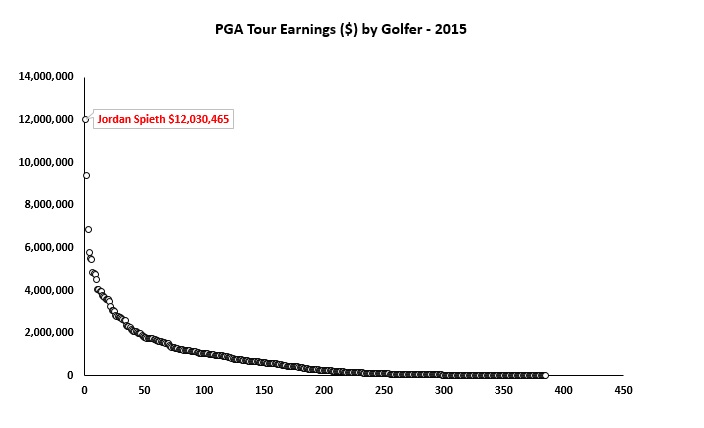
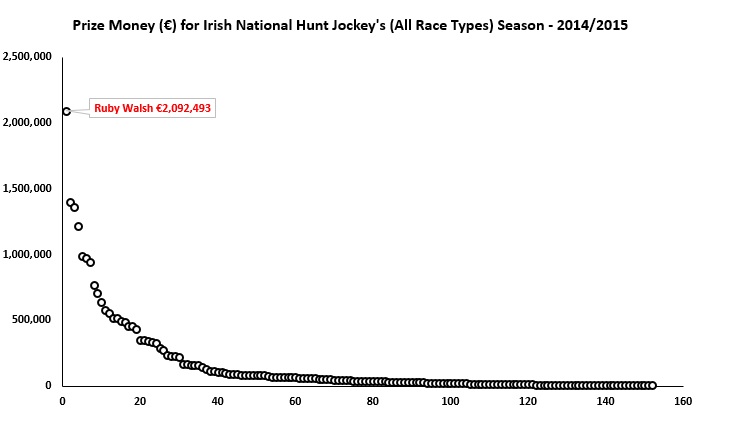
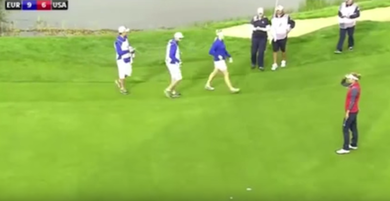
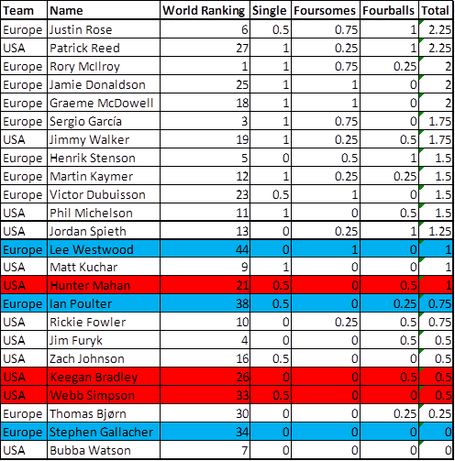

 RSS Feed
RSS Feed